Foodie Challenge: 15 Jaw-Dropping Food Facts To See If You’re In The Know

Explore some of the most surprising and intriguing facts about your favorite foods. These jaw-dropping insights will test your gastronomic knowledge and may even change the way you look at your plate. From historical quirks to unexpected scientific truths, these 15 facts promise to delight and educate any food enthusiast.
1. Ketchup as Medicine
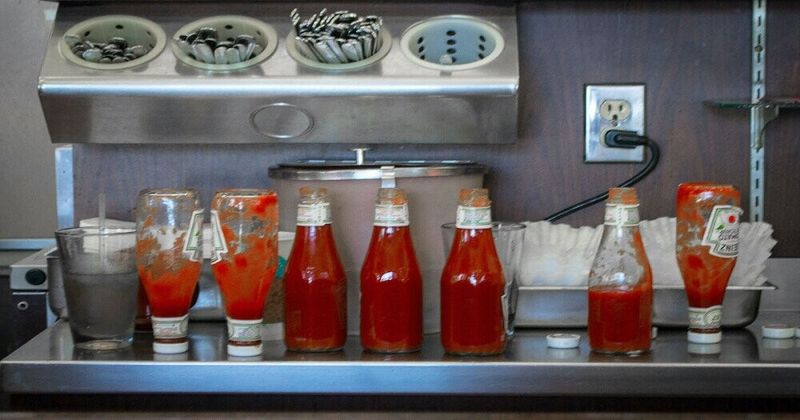
Can you imagine curing indigestion with ketchup? In the 1830s, tomato ketchup wasn’t just a condiment; it was believed to have medicinal properties. Pioneers of this notion marketed ketchup as a cure-all for digestive issues. The idea of ketchup as medicine may seem absurd today, but it was an accepted remedy back then. People would seek this tangy tomato concoction, hoping for relief. While the medicinal claims didn’t last, ketchup’s popularity as a beloved sauce did. This curious chapter in food history highlights how perceptions of health and wellness have evolved over time.
2. Honey’s Eternal Shelf Life
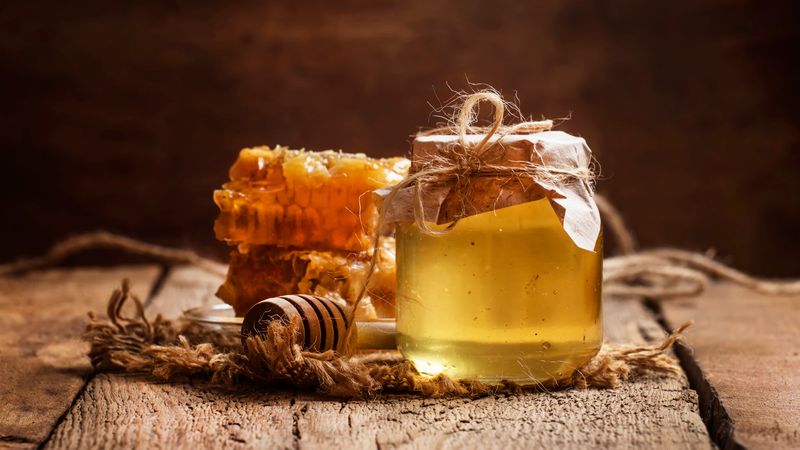
In the annals of culinary history, honey stands out for its incredible longevity. Archaeologists discovered honey pots in Egyptian tombs that were over 3,000 years old—yet still edible. This natural preservative quality is attributed to honey’s low moisture content and high acidity, which create an inhospitable environment for bacteria. It’s fascinating to think about enjoying a substance that has remained unchanged for millennia. This enduring sweetness is not only a testament to honey’s unique composition but also a window into ancient food preservation techniques.
3. Cashews: Not Really Nuts
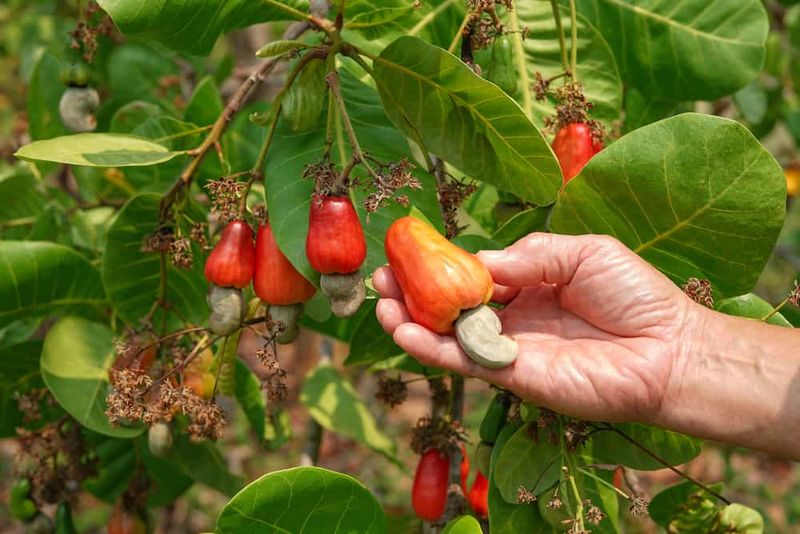
Cashews defy expectations. Contrary to popular belief, they’re not nuts. These curious seeds grow outside the cashew apple, making them unique in the plant kingdom. This unconventional growth pattern sets cashews apart from true nuts, like almonds or walnuts. The cashew apple, a vibrant, juicy fruit, adds another layer of intrigue. Harvesting cashews is labor-intensive, involving both the fruit and the seed. This distinction between seeds and nuts is a reminder of nature’s complexity and the surprises hidden in our everyday snacks.
4. Artificial Banana Flavor’s Secret
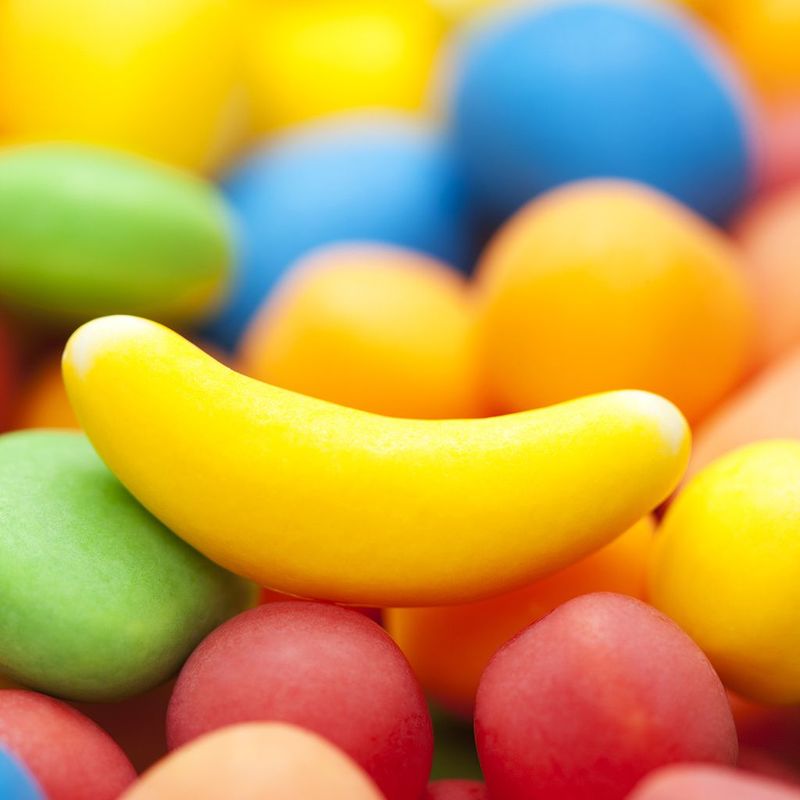
Why does artificial banana flavor taste so different from the real thing? The answer lies in history. The flavor mimics the extinct Gros Michel banana, which was decimated by a fungal disease in the mid-1900s. This variety had a bolder, more robust taste compared to today’s Cavendish bananas. While Gros Michel is gone, its legacy lives on in the artificial flavoring used in candies and desserts. This fascinating connection between flavor and fruit extinction underscores the impact of agriculture on our palates.
5. White Chocolate: The Misnomer

Is white chocolate truly chocolate? Technically, it isn’t. It lacks cocoa solids, the defining component of true chocolate. Instead, white chocolate contains cocoa butter, sugar, and milk solids. This absence of cocoa solids means it doesn’t have the characteristic chocolate taste. While some purists may argue about its classification, white chocolate offers a creamy, sweet alternative. This distinction challenges our assumptions about what chocolate should be, inviting us to explore its diverse forms and flavors.
6. Peanuts: Underground Legumes
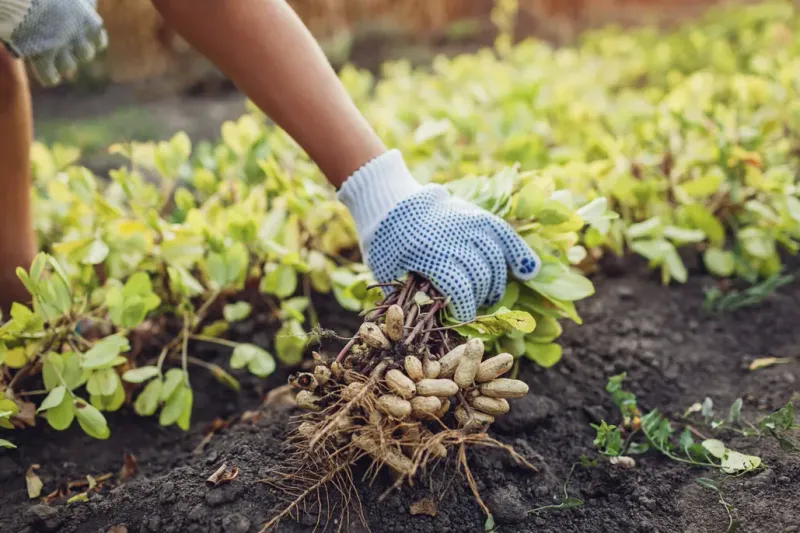
Think peanuts are nuts? Think again. Peanuts are actually legumes, more akin to beans and lentils. They grow underground, adding a twist to our culinary understanding. This subterranean growth is a revelation for those accustomed to seeing nuts on trees. Peanuts’ legume status reflects a botanical truth often overlooked. Despite the name, these protein-rich snacks continue to be a staple in diets worldwide, bridging the gap between nuts and legumes with their unique growth habits.
7. Milkshake’s Boozy Origins
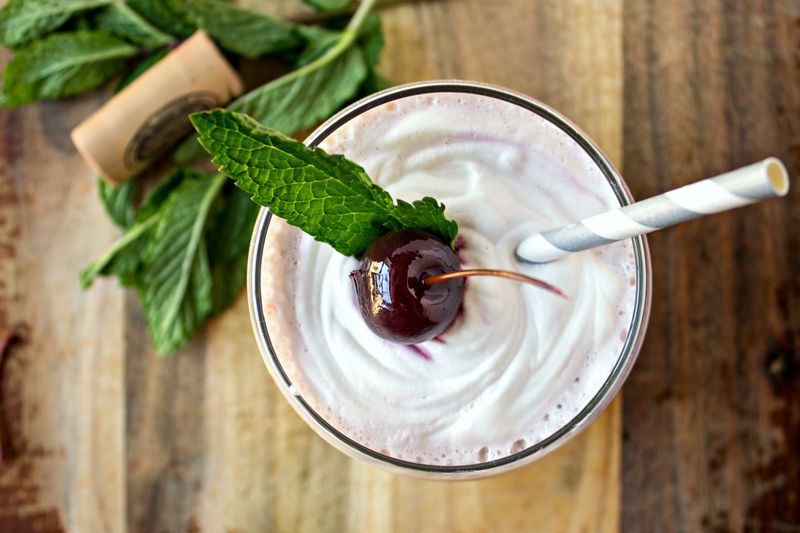
Today’s milkshake is a childhood favorite, but it has a spirited past. In the late 1800s, milkshakes were whiskey-laden concoctions for adults. This alcoholic version preceded the ice cream variety we know today. Imagine sipping on a creamy, boozy treat in a turn-of-the-century saloon. As milkshakes evolved, they shed their alcoholic roots, becoming the sweet, frosty beverages loved by all ages. This transformation from cocktail to dessert highlights the fluid nature of culinary traditions.
8. Potatoes in Space

In a groundbreaking experiment, potatoes became the first vegetable grown in space. This collaboration between NASA and the University of Wisconsin marked a milestone in agricultural science. Growing potatoes aboard the Space Shuttle Columbia demonstrated the potential for sustainable food production beyond Earth. This success story is a testament to human ingenuity and the quest for survival in new frontiers. It also underscores the importance of potatoes as a versatile, nutritious food source.
9. Cheese’s Colorful Secret

Cheddar cheese is naturally white, but you might not know it from store shelves. The orange hue often seen in cheddar is due to annatto, a natural plant-based dye. This coloring tradition dates back centuries and was originally intended to mimic the richer color of cheese made from high-fat milk. While the color doesn’t affect taste, it has become a visual cue for cheddar’s classic appeal. This practice reveals how aesthetics can influence our perception of flavor.
10. Berries That Aren’t

Raspberries and strawberries might seem like quintessential berries, but they’re not—at least, not botanically. These fruits are classified as aggregate fruits, composed of multiple small seeds. True berries, like bananas, grow from a single ovary. This distinction may blur the lines for fruit lovers, but it highlights the diversity within plant classifications. The misnomer doesn’t detract from the deliciousness of these fruits, but it does encourage us to appreciate the complexity of nature’s bounty.
11. Carrots’ Colorful Past

Did you know carrots weren’t always orange? They used to be purple, yellow, and white until the 17th-century Dutch growers cultivated the orange variety. This color change was to honor William of Orange and the House of Orange. The vibrant orange hue became popular and synonymous with the carrot we know today. This transformation reflects how agricultural practices can shape the food landscape, merging cultural significance with cultivation techniques.
12. Gelatin’s Origin Story
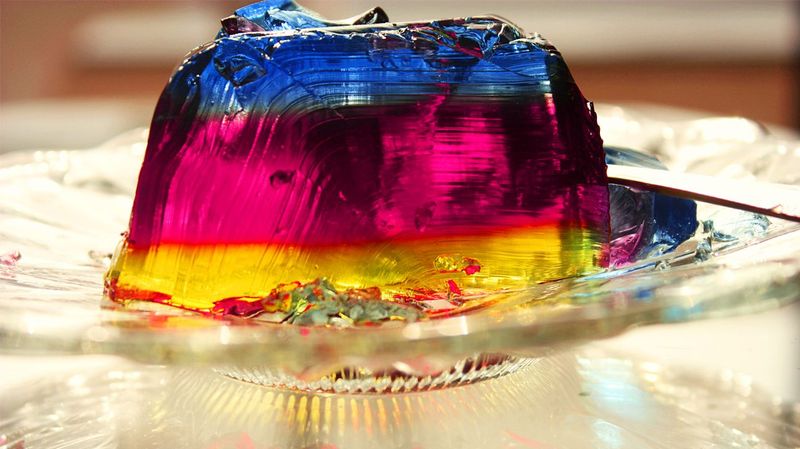
The jiggle of gelatin desserts belies a less-than-glamorous origin—animal collagen. Gelatin is derived from boiling down animal bones and connective tissues. This process extracts collagen, which forms the basis of gelatin’s texture. While this might sound unsettling, gelatin has been a culinary staple for centuries, valued for its versatility in both sweet and savory dishes. Understanding its origins adds depth to our appreciation of this unique ingredient, bridging the gap between tradition and modern culinary art.
13. Floating Apples

Ever wondered why apples float? It’s because they’re 25% air. This surprising buoyancy makes apple bobbing possible, a favorite fall festival game. The air pockets within the apple’s structure ensure it remains afloat, a quirky trait that sets it apart from denser fruits. This airy composition not only adds to the apple’s crispness but also plays a role in its preservation. This light-hearted fact reminds us of the wonders hidden in everyday foods, waiting to be discovered.
14. Mushrooms: Nature’s Rain Detector
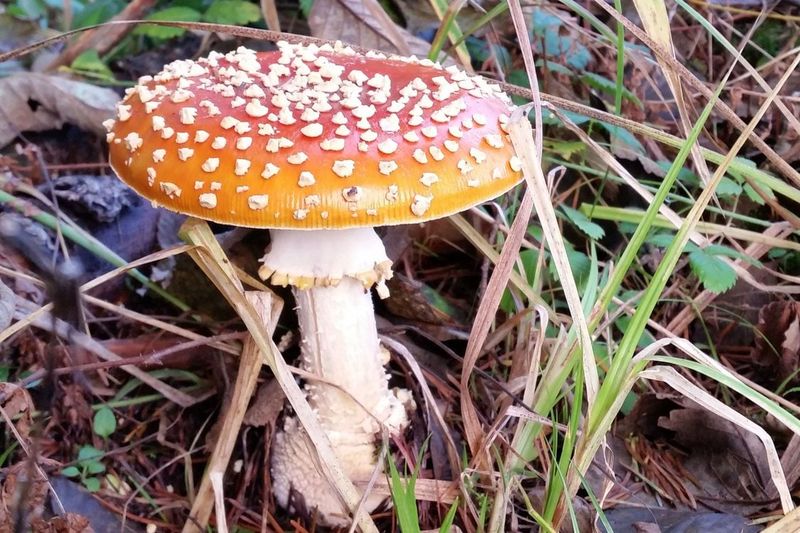
Mushrooms are fascinating organisms that respond to environmental changes. After a rainstorm, you might notice an abundance of mushrooms popping up. This is because mushrooms are highly sensitive to moisture. Due to their unique structure, they can quickly absorb water, allowing them to grow rapidly.
In fact, some mushrooms can double in size overnight! This rapid growth helps them spread spores more effectively. The next time it rains, take a walk and see for yourself. The forest floor becomes a magical place filled with these curious fungi.
15. Vanilla: Labor of Love

Vanilla, the world’s favorite flavor, is also one of the most labor-intensive to produce. The vanilla orchid blooms for only one day, requiring hand-pollination to bear fruit. Each flower needs delicate care, as pollination must occur within a few hours of blooming.
This meticulous process is primarily done in tropical regions, where trained farmers ensure each vanilla bean reaches its potential. Once pollinated, it takes months for the pods to mature and develop their characteristic flavor. Next time you enjoy vanilla, remember the dedication behind every bean.
